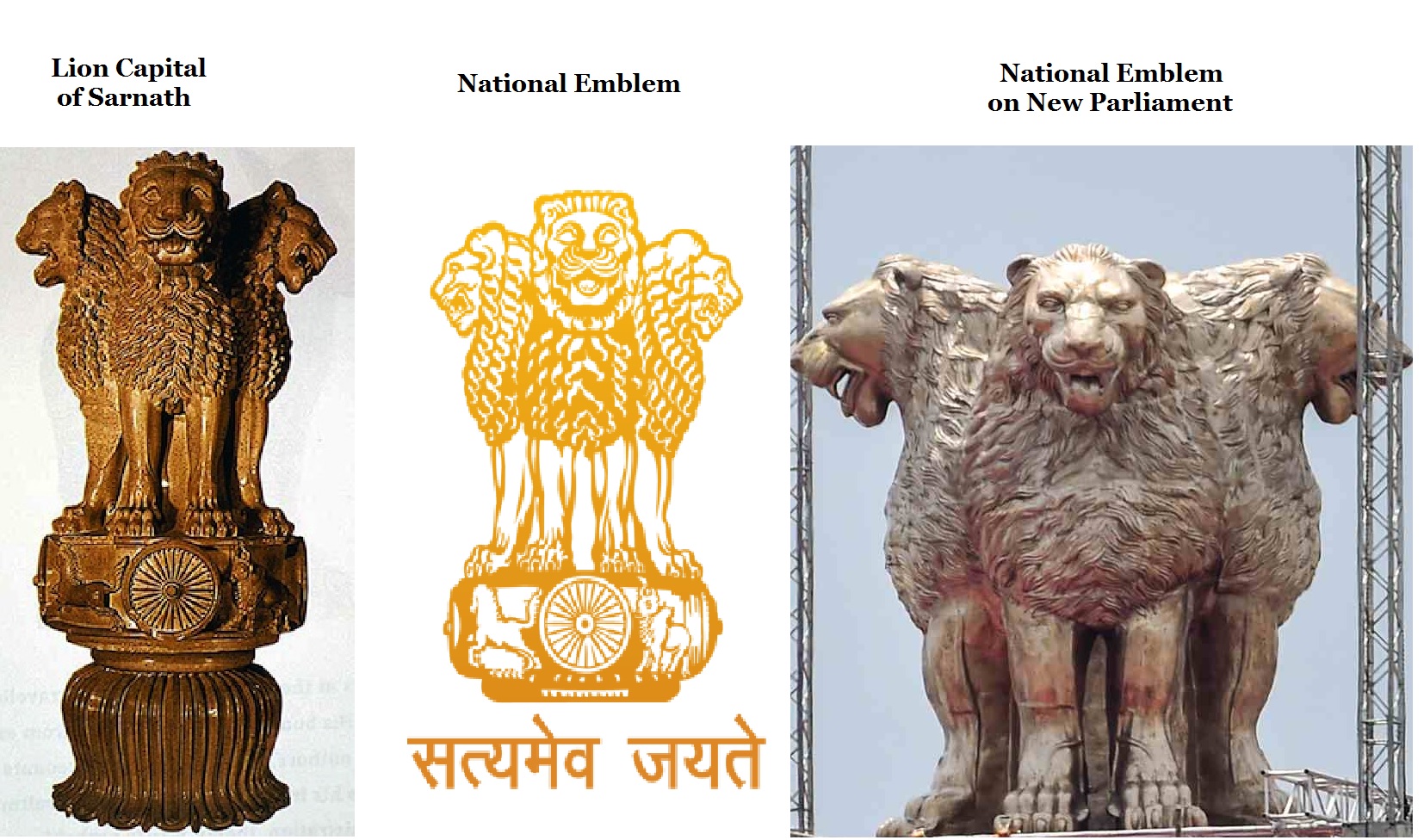7667766266
enquiry@shankarias.in
The first look at the new emblem atop the new Parliament House has disappointed many with its alleged inaccuracies in depiction.

Reference